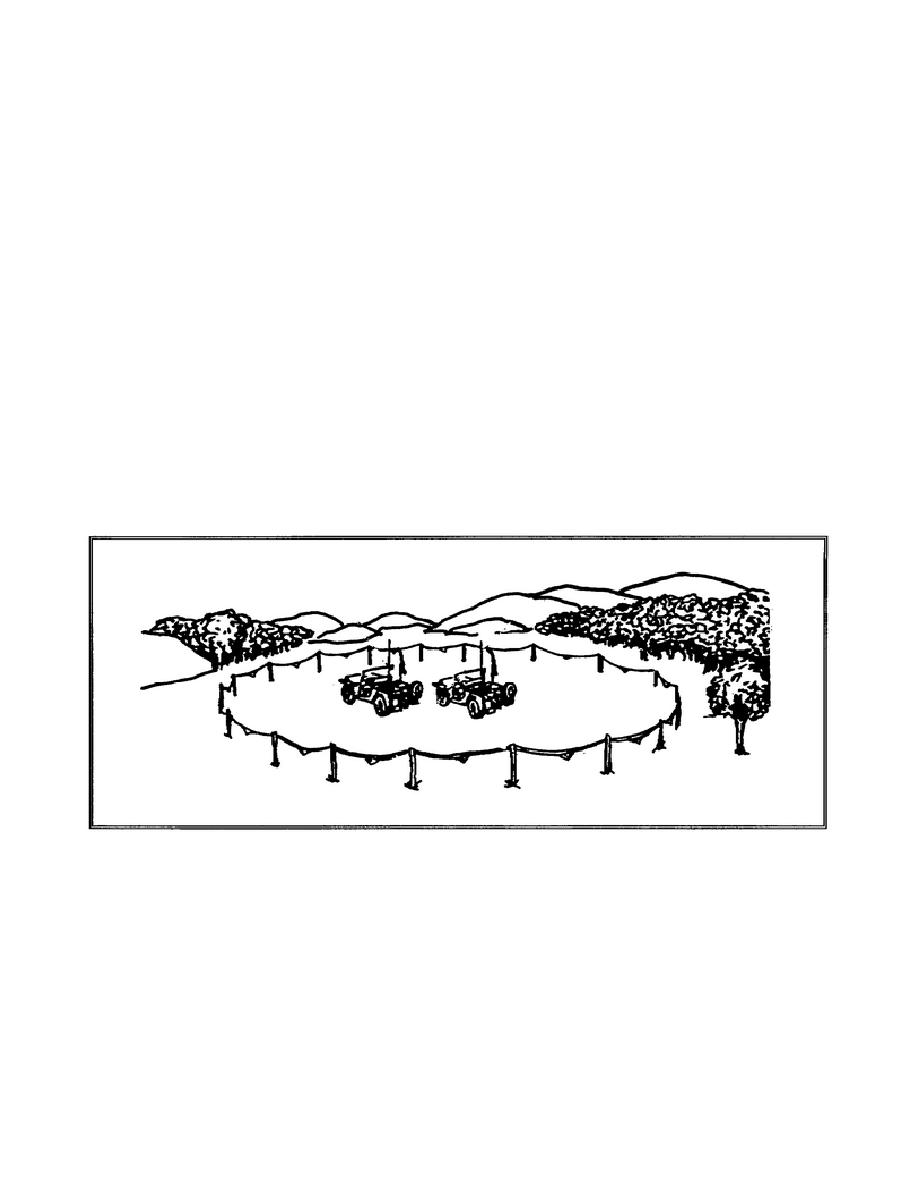
A surface radiologically contaminated may be rendered less hazardous by
sealing. This may be accomplished by painting a wall, plastering a surface,
or by resurfacing a paved road. Sealing is of great value in reducing the
amount of radiation absorbed from fallout and preventing the spread of
fallout contamination.
Asphalt and concrete, three centimeters (1 inch) thick or greater, are
permanent sealants applicable to decontamination of critical roadways and
limited land areas. Application of these coverings requires the use of road
resurfacing equipment.
Spraying a surface with hot asphalt results in a
semi-permanent seal that may be applied rapidly.
A half centimeter (1/4-inch) of grout, a mixture of sand, cement, and water,
provides a permanent seal over contamination. Paint, varnish, and plastic
coatings can be applied to wood, masonry or concrete, and metals.
They
should be applied by brush since spraying could scatter the contaminant.
Confining is the physical separation and isolation of the contaminant until
aging or weathering reduces the hazard to an acceptable level.
The time
required to reduce contamination to an acceptable level by the aging method
is dependent upon the decay rate of the contaminant. The confinement area
should have a well-defined boundary and should be posted with contamination
markers (Figure 6-3).
Figure 6-3.
Confining Contaminated Equipment
CM5206
6-12



 Previous Page
Previous Page
